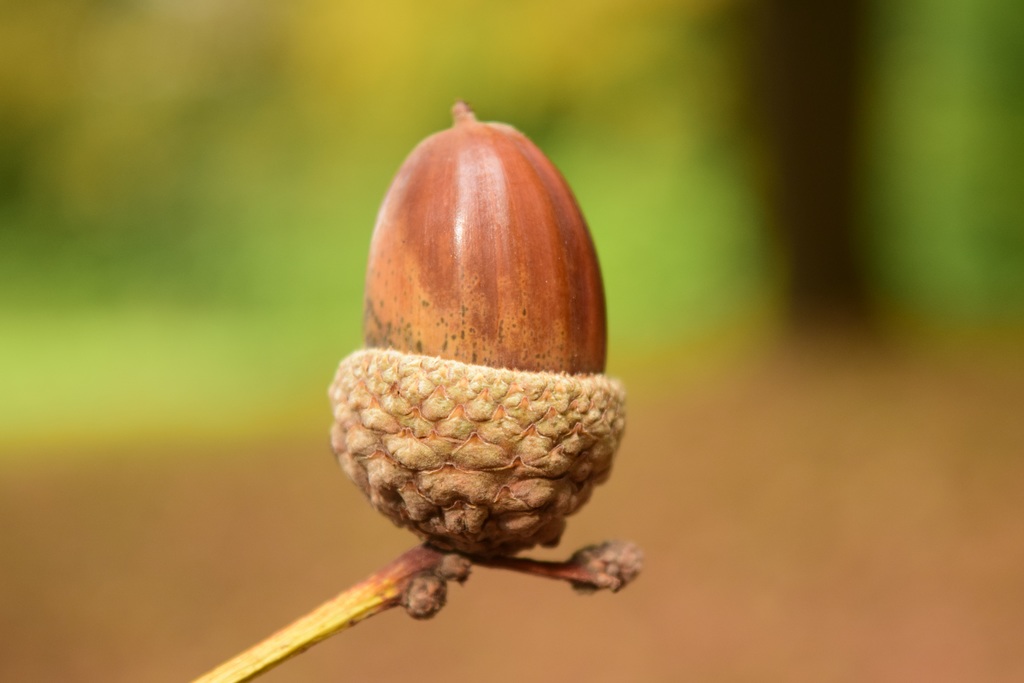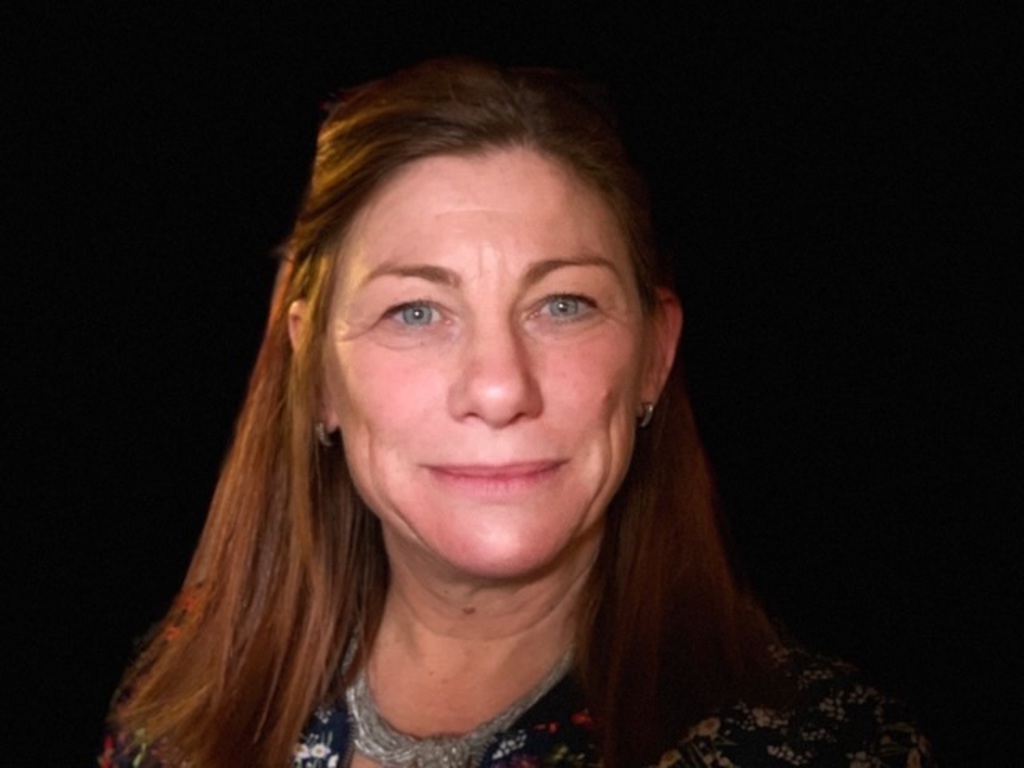
Kelly Rose
Editor

Kelly Rose
Editor
This month HSM puts the spotlight on Sarah Neal to find out from a small acorn she grew her international Health and Safety business.
How did you get into the health and safety industry?
By accident! It started not long after I’d emigrated to Canada from the UK in pursuit of a better life for my young family. I was a school bus driver and mother of two small boys in rural Canada when I invented a new Emergency ID wrist-band to protect my boys in case they got lost. Working off the kitchen table in my spare time I developed an Emergency ID business that grew slowly. One day I got a phone call from Paul Cunningham, a H&S manager at a UK company I’d never heard of called Costain, as they liked my new Emergency ID for hard hats. The following week I flew to the UK to present my Worker Emergency ID for hard hats to the Costain health and safety team. They loved it and the rest is history. We now sell globally and we have premises in Canada, the USA and the UK – and we’re still growing and saving more lives each year.
What do you enjoy most about your job?
That’s easy - meeting people face-to-face when they tell me that my products have saved their life or the life of a member of their work team. Growing and making money is great and important, especially with two teenagers at home, but knowing you’ve saved peoples’ lives is priceless. It is wonderful that many of our customers are as keen as mustard to provide a testimonial or a quote endorsing us. In fact, our customers are our strongest promotion channel. They seem to love us. From day one word of mouth has been central to our growth by geography, nationally as well as internationally, and industry sector in the last ten years.
What do you think are the biggest challenges facing the health and safety industry in the UK?
Whilst the UK is one of our key markets, to be honest I see things globally. Universally the principal issue is raising the importance and awareness of a robust health and safety culture, ensuring it is absolutely embedded at all levels of organisations involved in hazardous activities. The right health and safety culture has to start in the Boardroom to show real leadership and achieve results. I am shocked to the core when I see some of the things still going on at work sites in the 21stCentury that ignore and flaunt very very basic health and safety practice. It beggars belief sometimes.
How do you think these challenges can be overcome?
Let me talk to a few Boards, I’d soon change a few attitudes pretty quickly! There are still organisations that see health and safety as just another process or tick-box exercise rather than a means to save lives, prevent injuries and maintain productivity. And in small companies in particular I’d like to show them what the consequences are of ignoring basic good practice – lives ruined, families traumatised, careers finished. Only last week I saw a whole scaffolding team on site and they weren’t wearing a single item of PPE - they were in trainers, shorts and t-shirts. I can feel myself starting to rant, but you get my point.
What sets Vital ID apart from its competitors?
We don’t really have any competitors I’m pleased to say. We’ve created a new PPE category, established strong distribution and grown the brand based on quality and service in order to prevent other suppliers from entering our space. We think we’re the best designer, manufacturer and supplier of Worker Emergency ID in the world, and our customers seem to think so too, so it’s tough for anyone else to get a look-in to the category we’ve created and expanded. Long may that last! And, we’ve always ready to defend our space in the market if anyone tries to.
What are you most memorable successes at Vital ID?
I’m fortunate that I get to travel quite a lot between N. America, the UK and mainland Europe, and I still get a kick out of seeing my products being used at work sites such as railways, infra-structure projects, airports etc. Every time I see one I think ‘I invented that, starting on my kitchen table.’So success really is seeing Vital ID being used by workers in hazardous professions on both sides of the Atlantic, knowing we are helping protect them and their families. Our products also get a lot of exposure on television during documentaries about major infrastructure projects, for examples the Cross Rail project and the Thames Tide Way Scheme. Our last exposure was on the BBC’s One Show as someone wearing Vital ID repaired the Piccadilly Circus lighting. That impressed my mother and that’s what really counts when all is said and done.
What’s next in the product pipeline for Vital ID?
Now that would be telling… Let’s just say we pride ourselves on innovation so that’s continuing in our current thinking. We always want to keep things simple knowing we’re helping workers and paramedics at the time of an accident or medical incident. With lots of current uncertainty about world trade tariffs we’re having to give a lot of thought to where our products are manufactured. Are our current production sites still going to be the most appropriate in the coming years? So for example, for our US customer, ‘Made in the USA’ is an important consideration that we have to address. With the US economy booming, particularly in key industrial sectors we need to be well placed to meet the needs of these customers. There’s never a dull moment balancing all these varied, complex and sometimes competing factors!
What’s your vision for the future of Vital ID?
We’ve done fabulously well in the UK over the last ten years, and we’re still growing strongly, which is terrific. So, my vision is to repeat this success in the USA, but it is a very tough nut to crack. We’re growing nicely on the back of their economic success, so I’d like to see us quadruple in size in the USA in the next five years. We’re thinking big, but not over ambitious.
What do you think the medium-term future holds for the safety industry globally?
There is no doubt that on my travels I see the UK safety industry as beacon of good, if not best practice. I’d like to see those standards spread globally, probably a bit faster than they are. We were at a PPE presentation in Houston last year and it was very revealing to see that UK health and safety standards for certain equipment were being held-up ‘best practice’.
What health and safety issues are you most passionate about?
Getting more women in to the health and safety industry. Ask my husband and brother, I’m a bit of a champion for getting more women in to industry and commercial life in general. I started my health and safety business working from the kitchen table whilst holding down another job so I hope that serves as a good example to other women. If I can succeed so can they.
How can we entice more women to work in the health and safety sector?
I’ve always said women only want to be given the same opportunities as men and to be treated fairly. In that environment I’m more than confident that women will thrive and enrich the health and safety sector. We are making real progress though. At the NEC Health and Safety Exhibition in April this year some 24% of your visitors to the stand were women. I couldn’t believe it! This huge gender shift was really noticeable and it is very different from just ten years ago. Not only that, many of the female visitors were in positions of responsibility, holding senior roles as influencers and decision makers. As a woman in health and safety I used to feel the odd one out, but much less so today.
Sarah Neal is founder and owner of Vital ID. For more information, visit www.vitalid.com


3477 Hillside Avenue Nanaimo
British Columbia
Canada
Canada
V9T 2Y9
CANADA
+44 787 238 5528